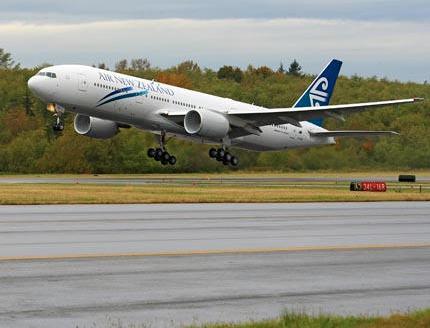 |
|
|
|
|
|
|||
|
By |
||||
 |
March 11, 2010 - The Federal Aviation Administration (FAA) Air Traffic Organization is now operating under a Safety Management System. This enables the FAA to manage the risks associated with changes in the National Airspace System that include installing, modifying and removing equipment, as well as modifying and implementing procedures and airspace changes. "An effective safety management system lets us manage both the risks and the challenges of introducing new technology into the National Airspace System," said Randy Babbitt, FAA Administrator. "Practically speaking, SMS is as important as the new technology itself. We're able to assess risks with a standardized approach. SMS will be a huge boost for NextGen." The Safety Management System serves as a framework to allow the FAA to identify, assess and manage safety risks associated with changes to the National Airspace System (NAS). |
|||
|
For example, as NextGen technology is introduced into the airspace
system, an air traffic safety team will conduct a risk analysis and
document the technology's safety impact on the NAS. The FAA conducted
this type of review for the Automatic Dependent Surveillance - Broadcast
(ADS-B) technology before it became operational in the
In 2004, the FAA initiated a plan to implement an agency-wide Safety
Management System, in accordance with requirements the International
Civil Air Navigation Organization (ICAO) has established. Four main
components make up the Safety Management System: safety policy, safety
assurance, safety risk management, and safety promotion.
Safety policy defines the safety management system philosophy, how
implementation is carried out, and functions, processes, and
responsibilities. Safety assurance measures the safety of the NAS
through reviews, evaluations, audits, inspections, investigations, and
data tracking and analysis. Safety risk management identifies hazards
and mitigations to safety risks. Safety Promotion includes training and
communication of lessons learned, which contribute to promoting a
positive safety culture.
"I am extremely pleased at the dedication and hard work of safety
professionals across the Air Traffic Organization that has led to the
approval of the Safety Management System," Babbitt said. |
||||
| ?AvStop
Online Magazine
Contact
Us
Return To News
|
|
